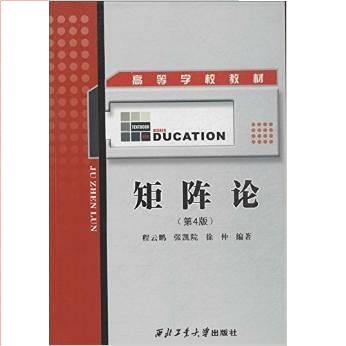We consider increasingly complex models of matrix denoising and dictionary learning in the Bayes-optimal setting, in the challenging regime where the matrices to infer have a rank growing linearly with the system size. This is in contrast with most existing literature concerned with the low-rank (i.e., constant-rank) regime. We first consider a class of rotationally invariant matrix denoising problems whose mutual information and minimum mean-square error are computable using techniques from random matrix theory. Next, we analyze the more challenging models of dictionary learning. To do so we introduce a novel combination of the replica method from statistical mechanics together with random matrix theory, coined spectral replica method. This allows us to derive variational formulas for the mutual information between hidden representations and the noisy data of the dictionary learning problem, as well as for the overlaps quantifying the optimal reconstruction error. The proposed method reduces the number of degrees of freedom from $\Theta(N^2)$ matrix entries to $\Theta(N)$ eigenvalues (or singular values), and yields Coulomb gas representations of the mutual information which are reminiscent of matrix models in physics. The main ingredients are a combination of large deviation results for random matrices together with a new replica symmetric decoupling ansatz at the level of the probability distributions of eigenvalues (or singular values) of certain overlap matrices and the use of HarishChandra-Itzykson-Zuber spherical integrals.
翻译:我们考虑在Bayes-optimal环境中,在具有挑战性的体系中,矩阵脱色和字典学习的模型日益复杂,在这种体系中,用于推断的矩阵具有随着系统大小而线性增长的等级。这与大多数与低级别(即恒定)制度有关的现有文献形成鲜明对照。我们首先考虑的是轮流的矩阵脱色问题类别,其相互信息和最小平均方差差差差使用随机矩阵理论的技术可以比较。接着,我们分析更具有挑战性的字典学习模型。为了这样做,我们将统计结构的复制方法与随机矩阵理论、创影光谱复制法的复制法进行新组合。这使我们能够为隐藏的表层和字典学习问题的杂乱数据之间的相互信息以及用来量化最佳重建错误的重叠得出变式公式。拟议方法将自由度从$\Theta(N)美元基数条目减为$Theta(N)egenvalus(或单数值),并用随机矩阵理论矩阵理论的随机值的复制法气体图解调公式,在主要基质基质模型中得出了某种正数的模型。





